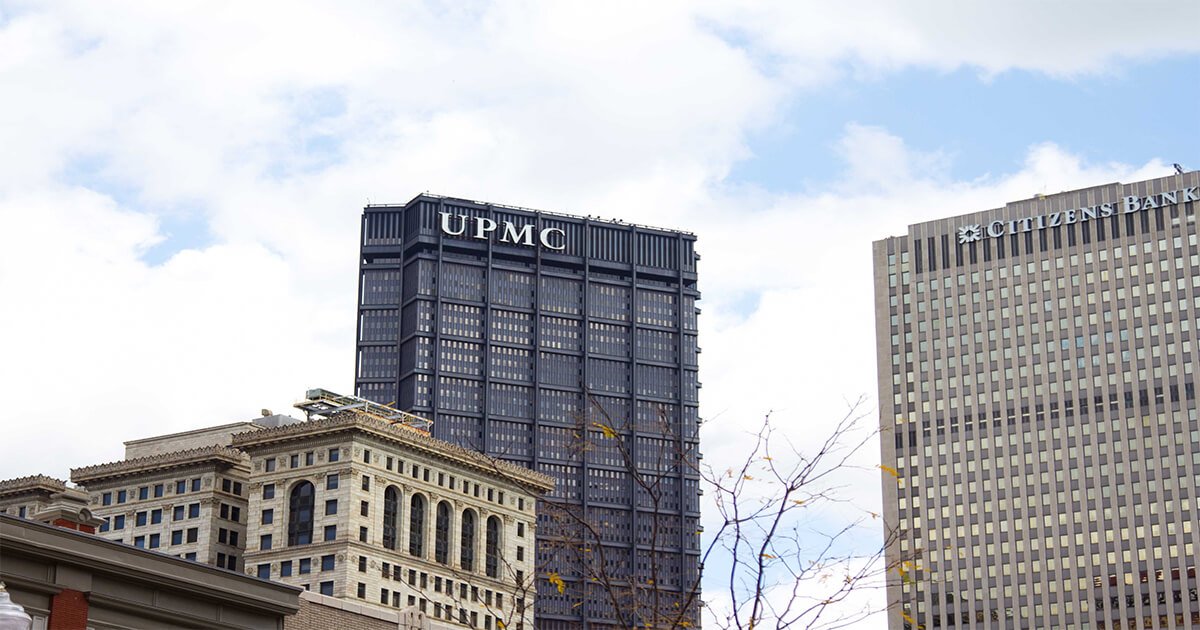Researchers Observe Epidemic of Mesothelioma in Hong Kong

Researchers report an increasing incidence of mesothelioma from 1976 to 2000 in Hong Kong, particularly among older men and women ages 70 or older. Mesothelioma is a cancer of the lining of the lung or abdomen closely associated with asbestos exposure.
The increasing incidence in Hong Kong has culminated in an epidemic of mesothelioma since 2000 that corresponds to peak use of asbestos in the early 1960s, the researchers say in a recent article published in Environmental Health Perspectives. The average length of time from exposure to appearance of symptoms they observed was 42 years.
The researchers from the Australian National University in Canberra and the Chinese University of Hong Kong predict the number of cases of mesothelioma in Hong Kong will peak around 2014 and then slowly decline but not return to background levels. While the country has banned the use of blue and brown asbestos, Hong Kong industries continue to import and use chrysotile asbestos so the researchers say they expect new cases of mesothelioma in the future.
The trend in Hong Kong is similar to trends of asbestos-related disease in recent decades in Western European countries such as Britain, France, Germany and Italy as well as Australia and Norway.
Consumption of asbestos in Hong Kong started to increase in the 1950s in response to booming economic development in construction and shipyard industries. The country also began building massive public housing projects to accommodate the influx of hundreds of thousands of refugees from mainland China. The largest amounts of asbestos were used in 1960 to 1963, according to trade statistics.
Workplace exposure to asbestos is considered the leading risk factor associated with malignant mesothelioma. But second hand exposure also poses a risk.
The country has thousands of older buildings containing asbestos shingles and other asbestos-containing building materials that don’t meet modern fire safety codes and are candidates for urban renewal. The demolition of those buildings will unleash asbestos fibers into the environment and potentially increase the risk of mesothelioma in the community, the researchers said.
The researchers said the study provided support for an immediate worldwide ban on asbestos.
Free Mesothelioma Patient & Treatment Guide
We’d like to offer you our in-depth guide, “A Patient’s Guide to Mesothelioma,” absolutely free of charge.
It contains a wealth of information and resources to help you better understand the condition, choose (and afford) appropriate treatment, and exercise your legal right to compensation.
Download Now